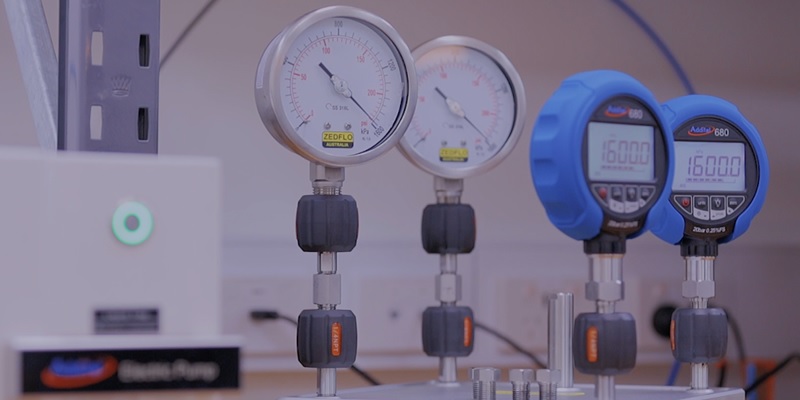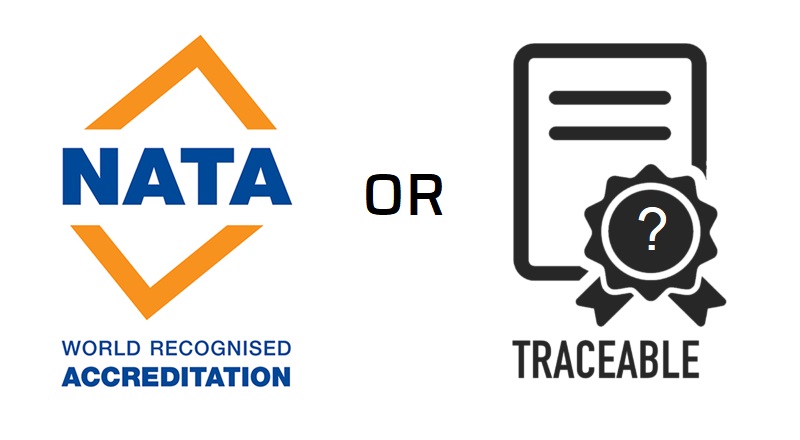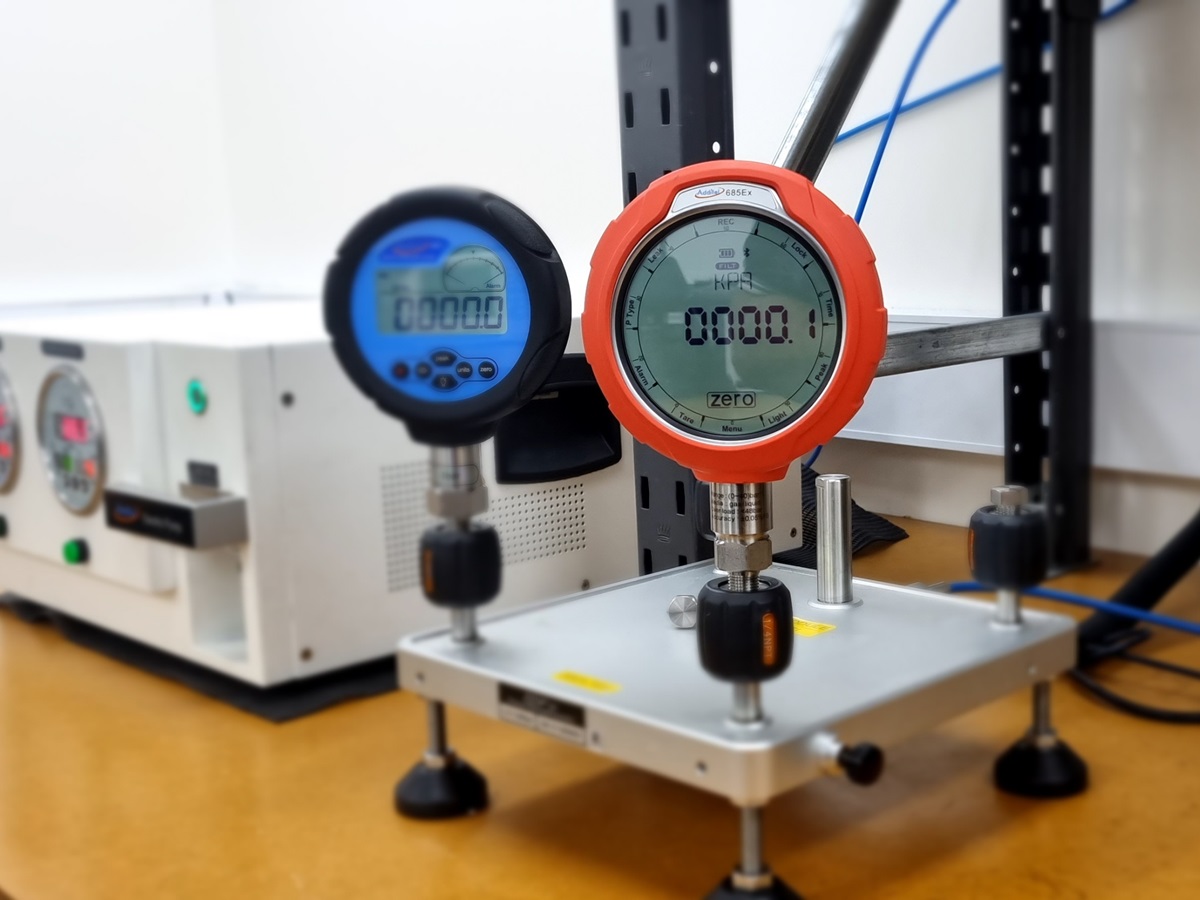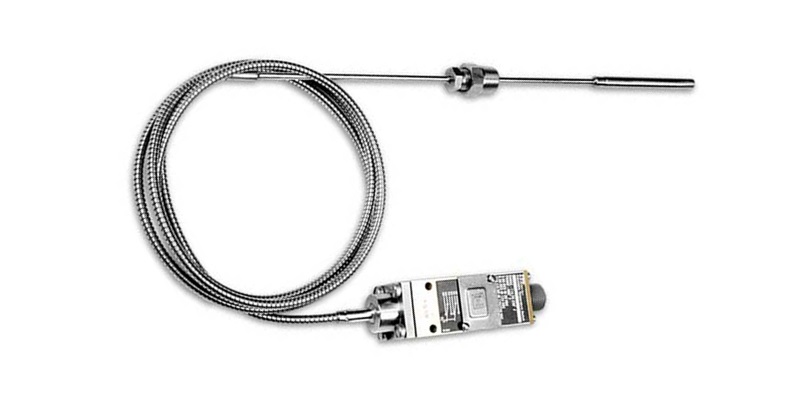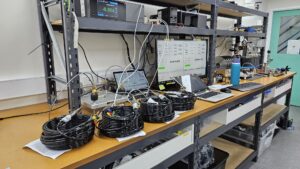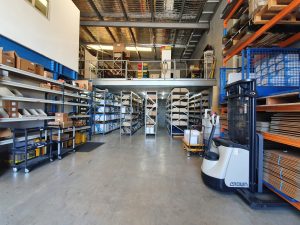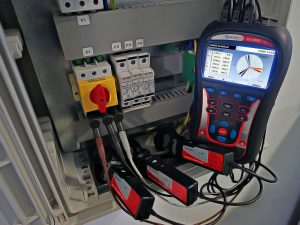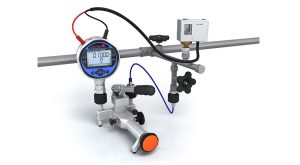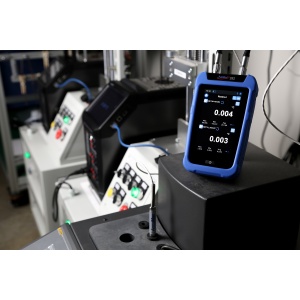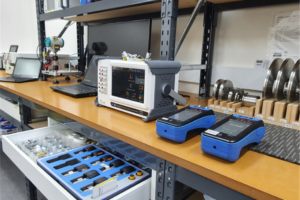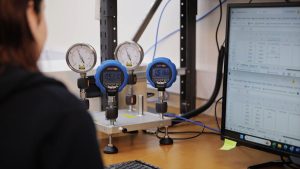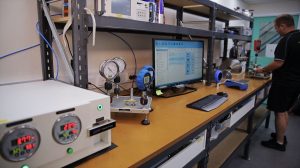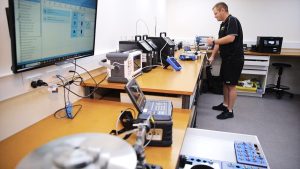The accuracy that you get when you swap one sensor for another (same model, range and brand) sums up the entire idea of sensor interchangeability. Accurate and effective sensor interchangeability is usually represented by the deviation in the measurement as revealed by the measurand. In that case, you can determine the accuracy by taking account of all error sources. This includes key elements such as temperature effects, repeatability, hysteresis, nonlinearity, mounting errors, span setting and initial zero. The span setting and initial zero are historically the biggest contributors of interchangeability errors.
Setting the system
You may be able to adjust the initial zero and span setting in many situations. In this case, interchangeability will be determined by the level of accuracy used as you go about system setting. Moreover, you will have to make alterations for every sensor in practically every system. However, if you have high interchangeable sensors, adjustments may not be necessary since the system has close tolerances on the zero and span.
Pressure sensing applications
When it comes to pressure sensing applications, there are generally two key areas where a high level of interchangeability is critical. The first one involves a case where installation of the sensor in an OEM’s product (with a calibration system for zero and span) poses direct impact on cost. The second one involves the occurrence of a failure thereby necessitating sensor replacement. You can determine whether a system needs a highly interchangeable pressure sensor by basing your judgment on the type and nature of application.
In that regard, if you are dealing with an application that requires higher accuracy, you need not worry about interchangeability since the system has to be calibrated to achieve performance objectives. However, the requirements of interchangeability will have a significant effect on the accuracy and cost of the system for an OEM that basically needs moderate system accuracy.
Sensor replacement in the field
There is a whole new set of problems and issues that you have to deal with before successfully replacing sensors in the field. A case scenario is the availability of particular equipment for calibration. If the equipment is available for calibration, you will have to deal with other matters such as finding professional personnel with the required skills to adjust the system in the field.
You need to find out if the manufacturer is going to send out someone to assist you with the exchange. Moreover, you need to factor the system downtime that is likely to be encountered. All these are challenges that you face when dealing with sensor replacement in the field. In that case, you can arrange for the shipment of a highly interchangeable pressure sensor and installation the next day.
New calibration techniques
For a fact, more sensors are used in the manufacturing of low-cost equipment. This means that high interchangeability sensors are going to be a crucial requirement in the future. The new calibration technique involves the use of a digital circuit that goes a long way to help you get a highly interchangeable pressure sensor. In this case, the manner in which the zero and span are altered in most strain-gauge pressure products leads to low tolerance.
To find out more about digital pressure gauges and other types of process control instrumentation in Australia, you can browse our pages. We will be happy to assist you with any enquiries.

